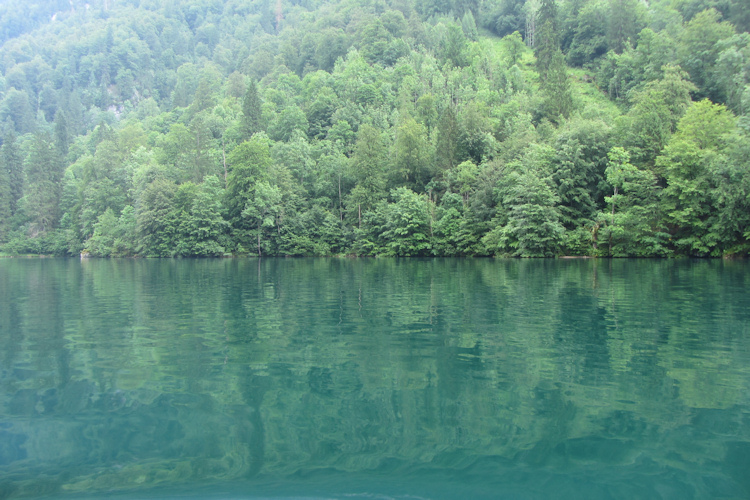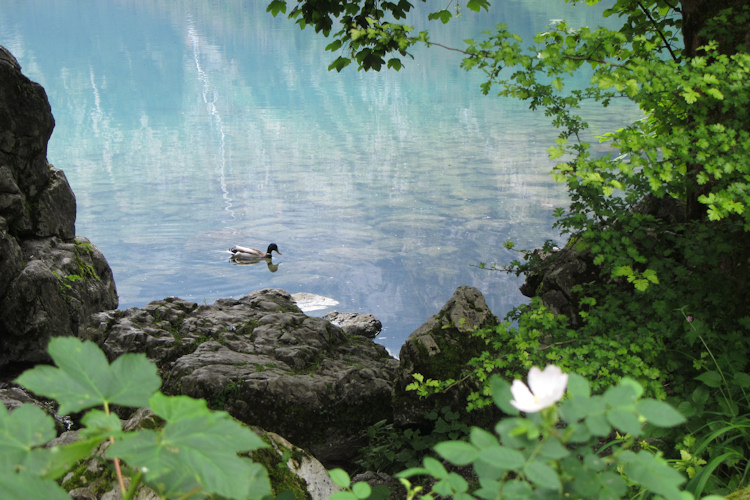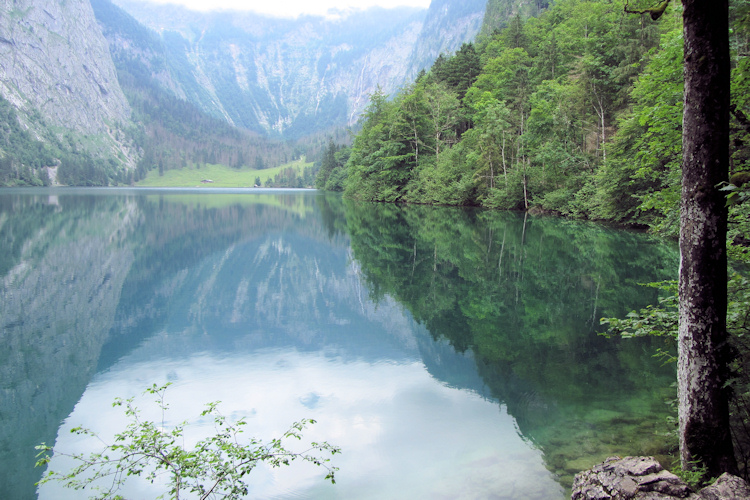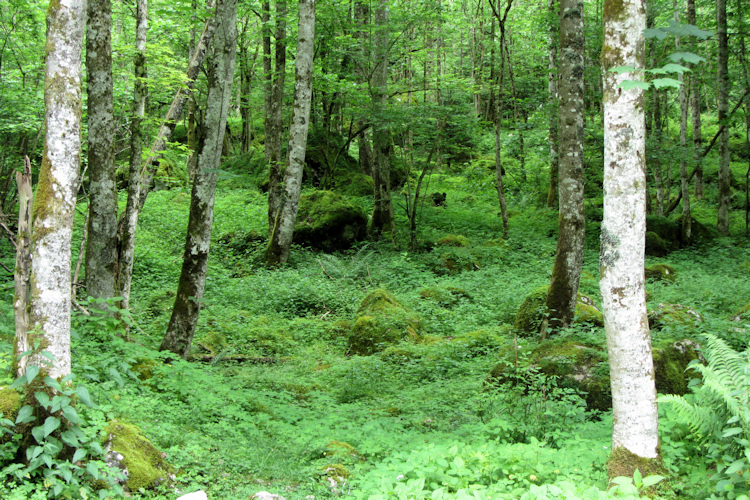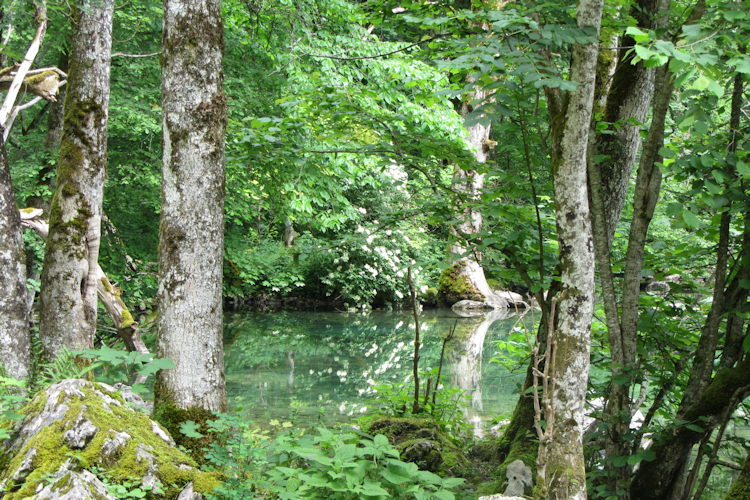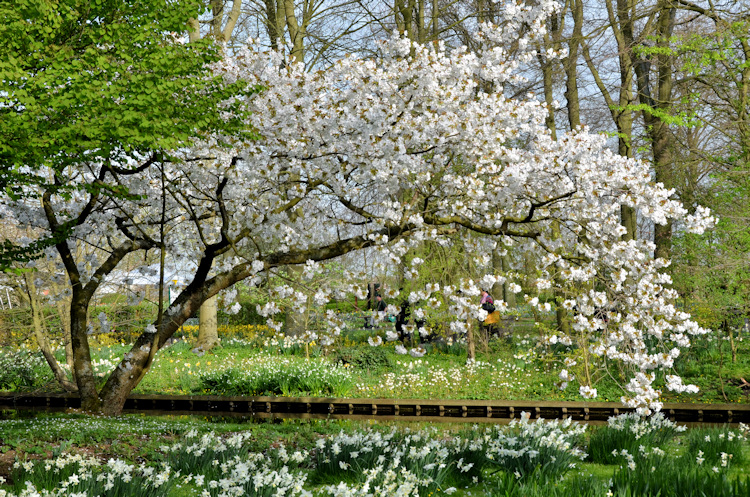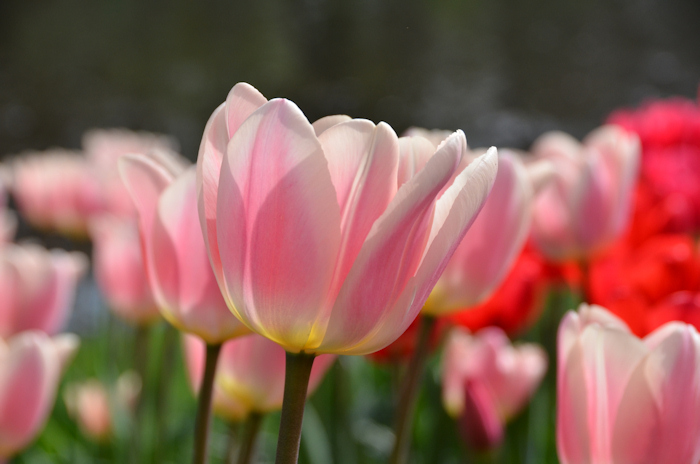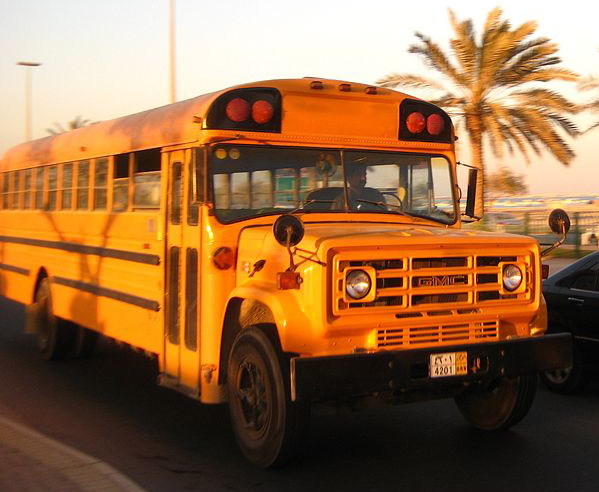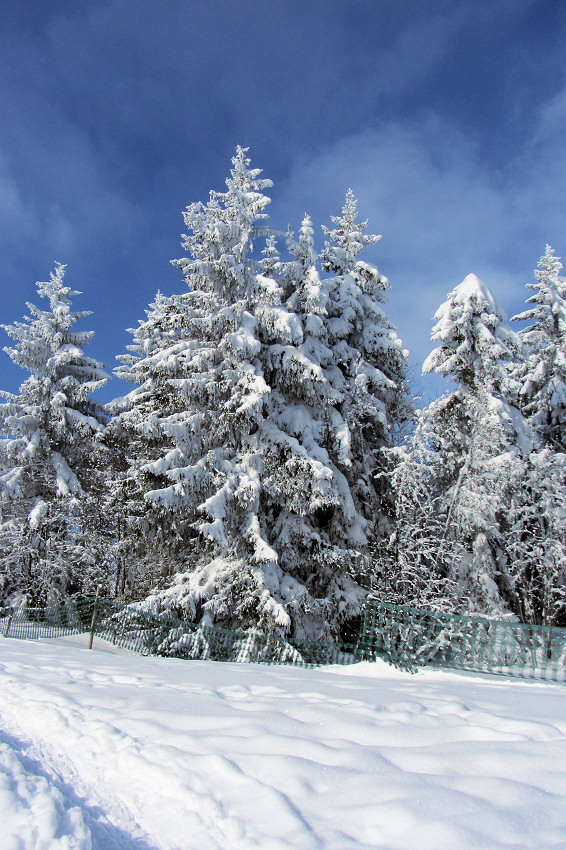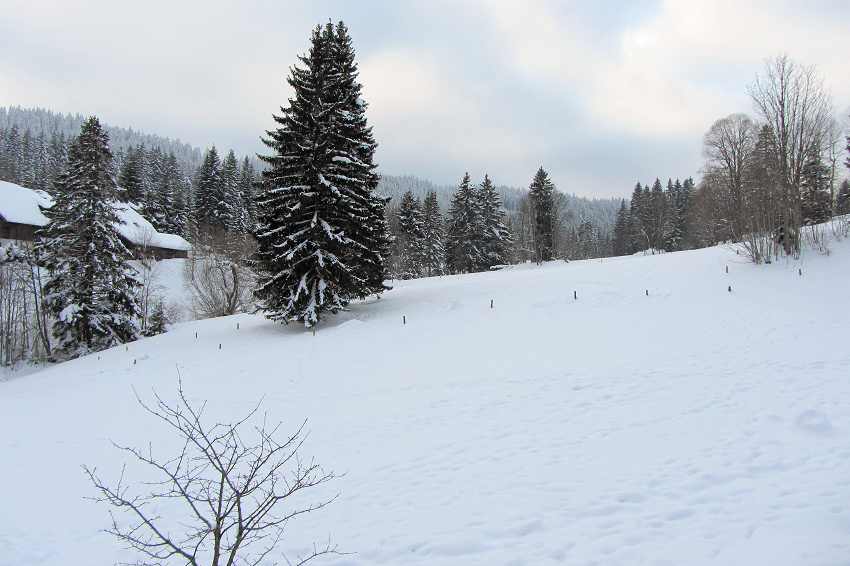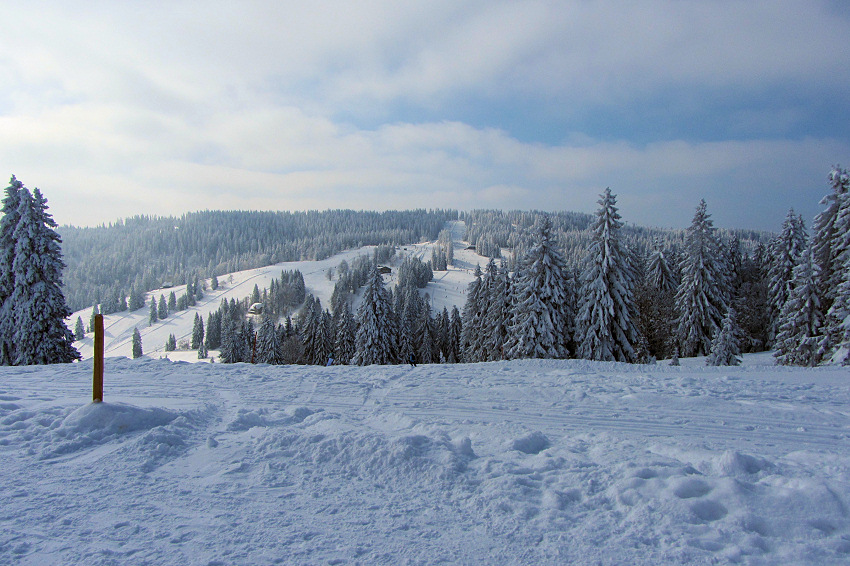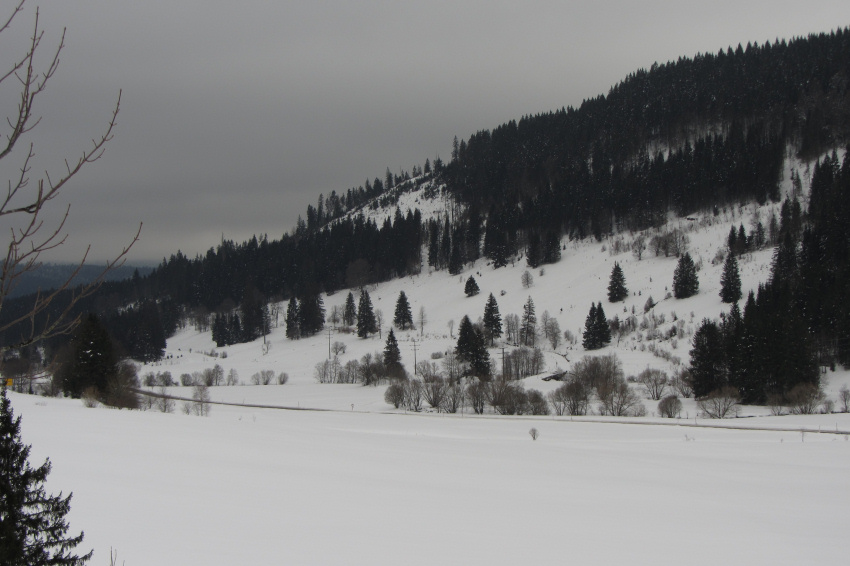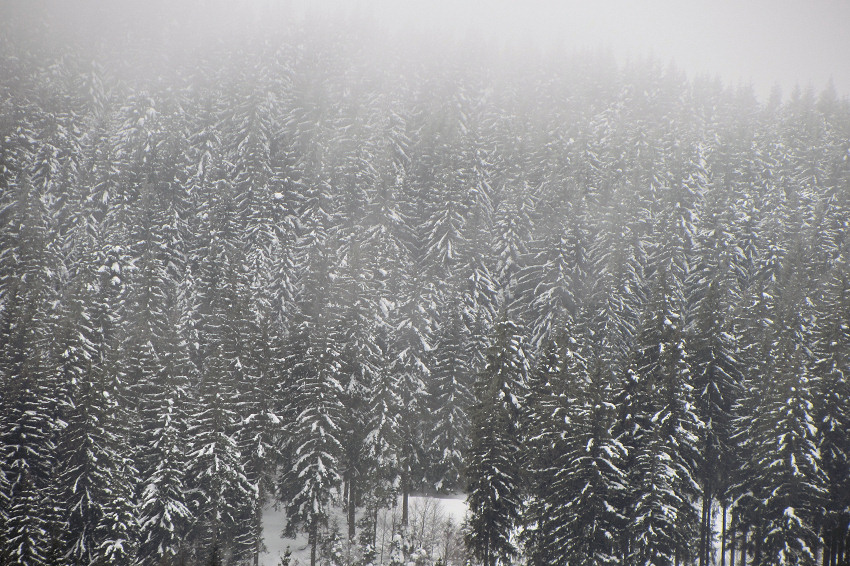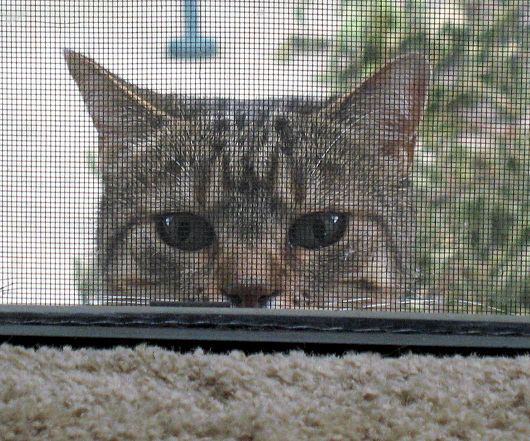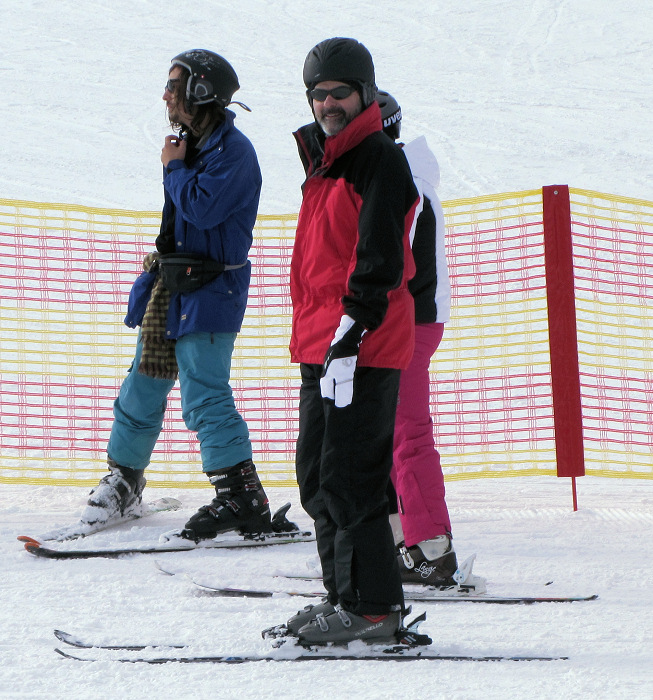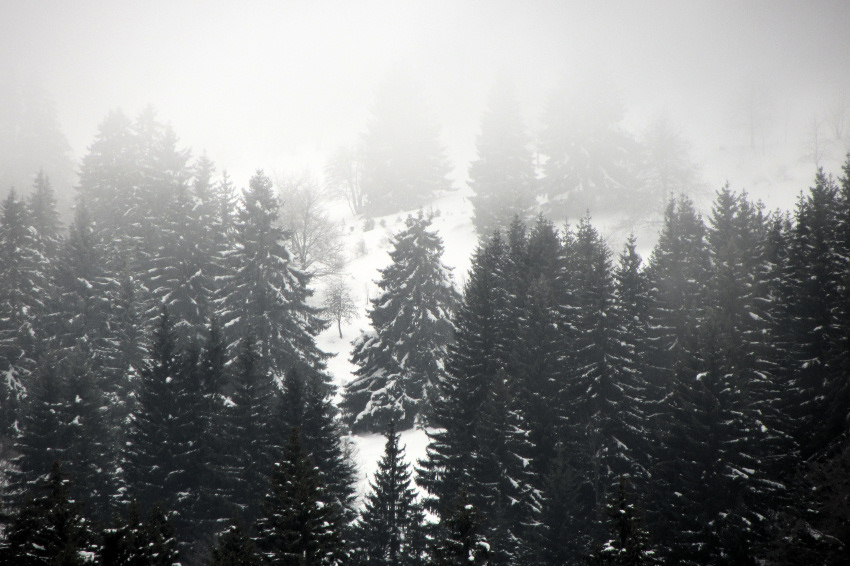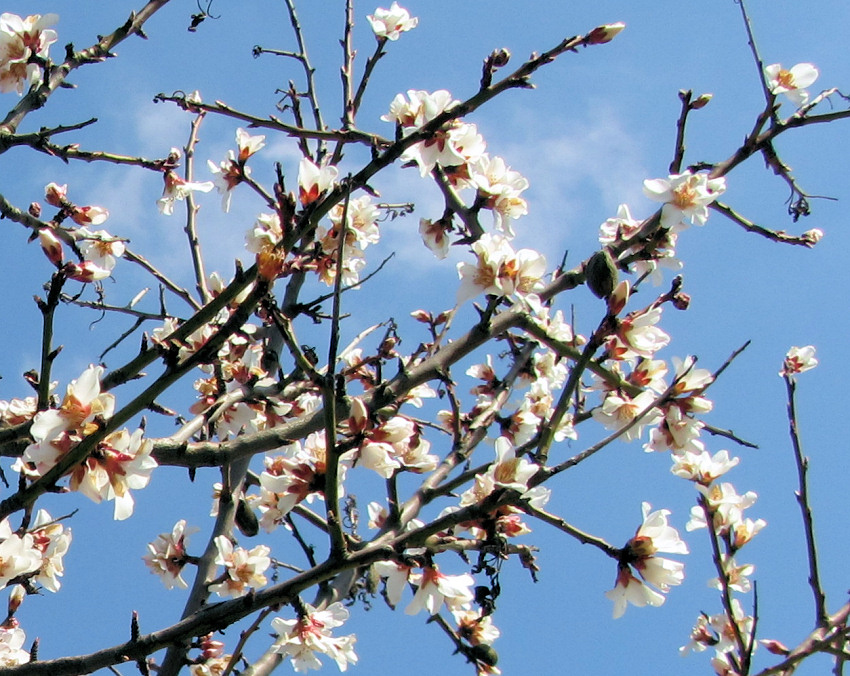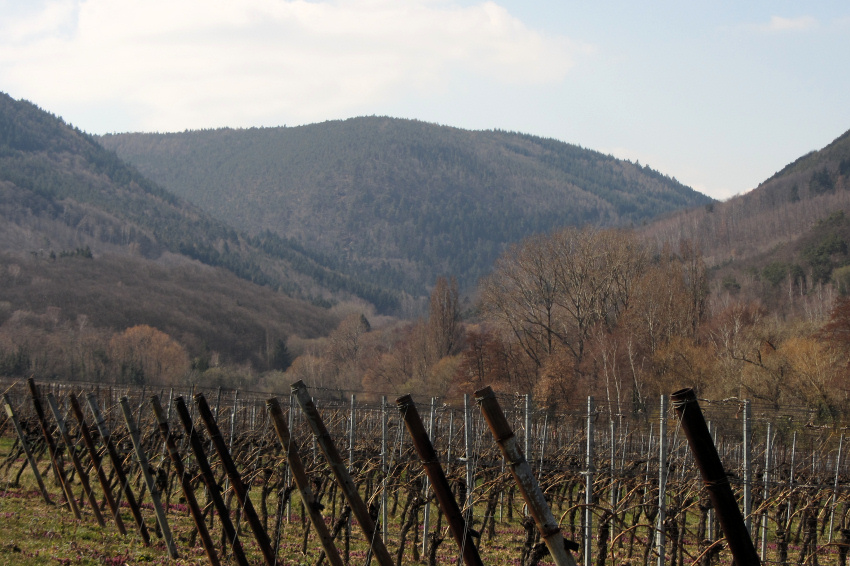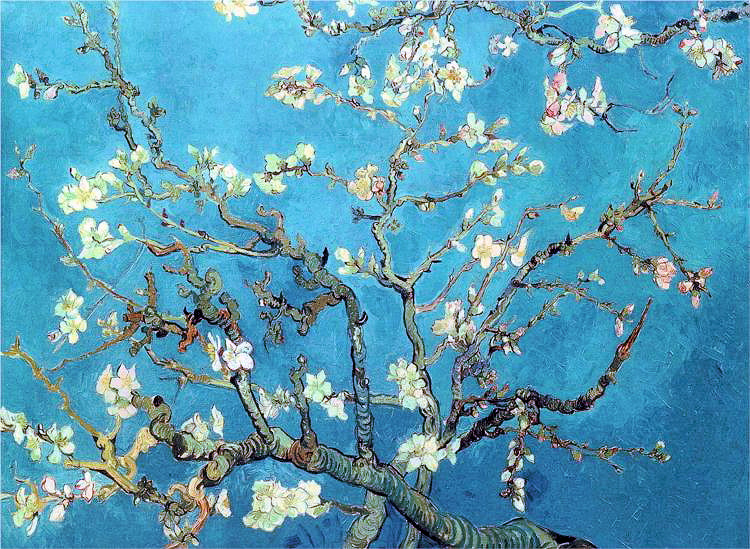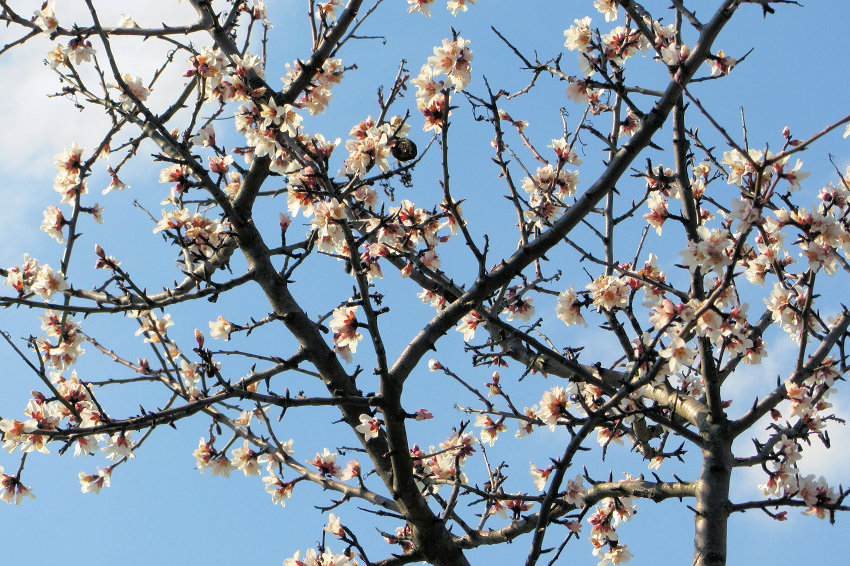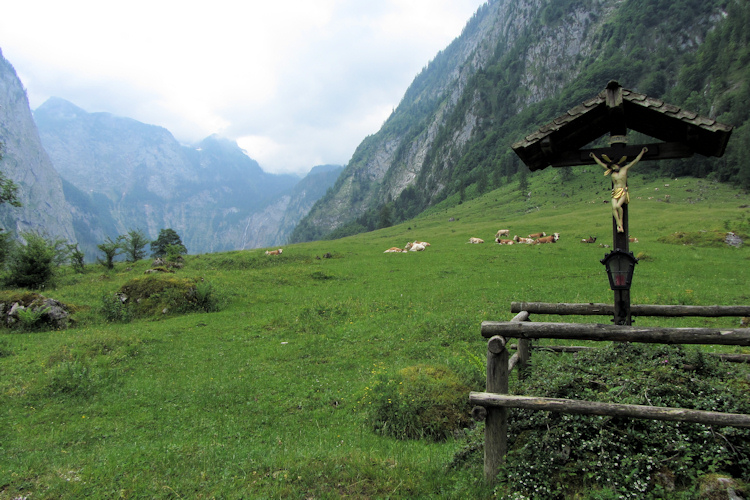
Dairy herd on the Alm by the Königssee
If you take the walk suggested in yesterday’s post from the Königssee to the Obersee in Berchtesgaden National Park, you will soon come across a rugged wooden sign. For those who don’t read German, here is a translation. “At the little Alpine cabin, there is fresh Alpine milk and buttermilk every day. A butter, bread, and cheese snack is six minutes’ walk away.”

Signpost pointing the way to fresh milk by the Königssee
From this signpost, we couldn’t see the cabin in question, but we could see the source of that fresh milk and butter: a herd of contented dairy cattle lying around on the hills nearby, accompanied by a couple of goats that looked as if they were straight out of Heidi. I don’t know when dairy cattle eat. Every time I see them, they’re lying down.
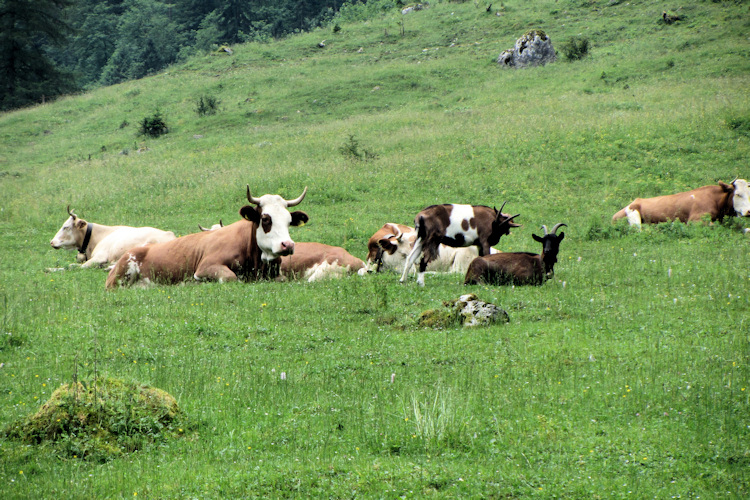
Cows dozing to the chime of their own cowbells
Even when we couldn’t see the cattle and goats, we could hear them. Each has its own bell, and the whole area rings with their gentle chimes. Those bells aren’t for tourists, either. Cowbells have been used by shepherds for over 5,000 years. In hilly terrain, shepherds need their help to find missing livestock. So cows really do need the cowbells–because because their horns don’t work!
Unable to resist the offer of fresh milk, we took the six-minute walk to the cabin. (More like three, I’d say.) It had a cheerful appearance, a few picnic tables out in the sun, and two self-serve windows.
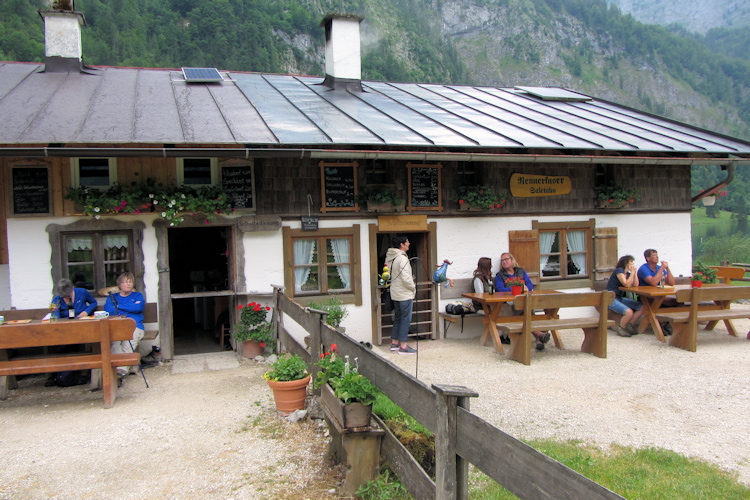
Snack time on the Alm by the Königssee
There, the simple menu included milk from the day’s milking in massive mugs, as well as beer and a few other kinds of drinks. The milk was amazing, even according to my friends who didn’t ordinarily drink milk. It had the mildest, sweetest taste of any milk I’ve ever drunk. The chewy rye bread and butter (Butterbrot) had a sprinkling of spices on it that my friends pronounced very good, but I ordered it without spices (ohne Gewürz). But then we saw a platter of the Speckbrot go by, and we had to have some. Speck is bacon, more or less, and each little square of rye bread had its own complete piece of of it:
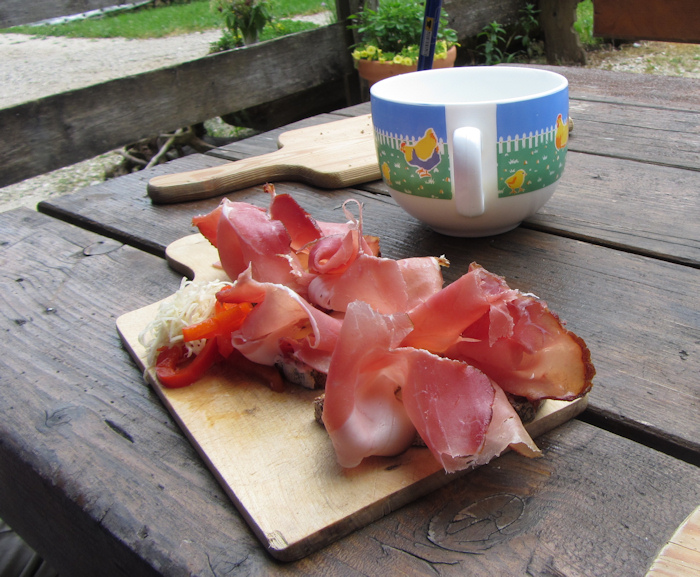
Speckbrot (“bacon bread”) on the Alm by the Königssee
Meanwhile, here was the view from our picnic table. Emperors and sultans haven’t had a better meal in a better hall than this.
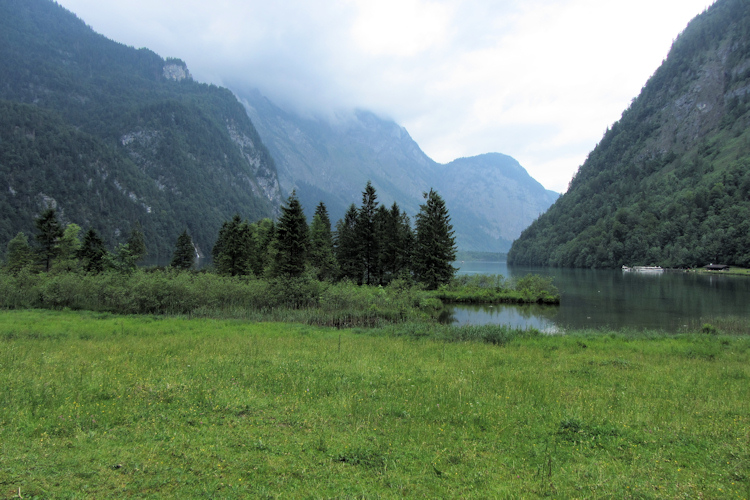
View of the Königssee from the Alm
To read my latest blog posts, please click on the “Green and Pleasant Land” logo at the top of this page. All photos taken in May, 2014, in Nationalpark Berchtesgaden, Germany. Photos and text copyright 2014 by Clare B. Dunkle.


